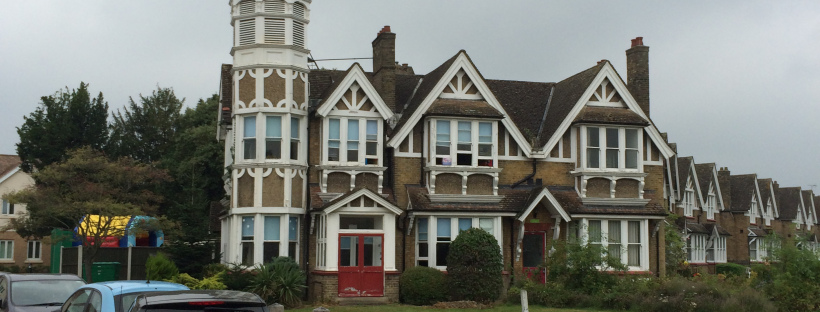After too long away, I am once again walking in the steps of history. And it may surprise you to hear that doing so actually brings the present and future centre stage.
There is an understandable bias among those who do not work with history that those who do—scholar, curator or mystery writer—must work with a rosy vision of the past and an inherent desire to live in bygone eras. But nothing could be further from the truth.
What we do share is an inherent, hard-wired and constant awareness of the spectrum of time. That the present is just a viewing point, and that the past (like the future) actively ebbs and flows around everything we do.
Writing mysteries based on the amazing and poignant history of the St. Lawrence Seaway construction and the Lost Villages history of the 1950s gave me a whole new full-spectrum lens with which to view my own community. I walked in the steps of those who came from “away” to the historic landscape of the Old Fronts on the St. Lawrence River to build the single greatest engineering project on this continent in the 20th century. Their success continues to amaze after almost 60 years. I also walked in the steps of those whose families had come from the American Revolution to rebuild along the river under the British Crown generations ago, and the indigenous communities who called the St. Lawrence River Valley home for a millennium. Their losses of land and economy were swift and complete—as was the loss of history and personal landscape that no amount of government compensation could replace.
And now I’m doing it again.
This time, I’m walking farther back to the early days of the 20th century and the closing years of one of the most amazing untold stories of our Canadian history: the British Home Children. From 1869 to 1939, over 130,000 children from Great Britain left its shores for new lives in the colonies as farm and domestic labourers. Here, in Canada, we took in over 100,000 of them. Some fared well, and some did not. But all British Home Children who survived also thrived and contributed to the development of this country in economy, progeny, culture, military service and national spirit. My grandmother was one of them. Today, over 15% of our population traces its ancestry to these children—and most do not know it.
Each time I walk back in history, I find the same thing: resilience. It is a quiet and relatively unsung human quality, without which we have nothing. As Farran Mackenzie says in the new novel All My Worldly Goods, “I sat where my grandmother and great aunt had secretly met to say goodbye as children so long ago and wondered anew how we ever survive what life continues to hand us.” We survive with resilience. Some months ago, in discussion with a family member about some current challenges, my relative said to me, “I think we as people are far more resilient than we give ourselves credit for.” It is a statement that has resonated with me ever since for its profound truth.
This year marks 150 years of Canada as a nation. We know that 150 years is a blink in the eye of time where the living and dying on this continent is concerned, another viewing point on the spectrum. But our sesquicentennial is a milestone to be celebrated nonetheless. Nations are not countries—they are ideas. The idea of Canada continues to develop on the foundations of all the ideas that came before. In terms of European settlement, Canada was forged by people who came here to be left alone, to live in peace away from old hatreds and ebbing ways of thought. To do it, we had to earn our way through the primal forest and build on the Canadian Shield. We did. And we are still here, looking to live in peace on a turbulent planet. That’s because we are a resilient people, keeping the idea alive.
So it continues. As the last of the novel gathers on the page, I keep rising at 5:00 a.m. to write before my work day. I continue to live three lives—mine, Farran’s and that of her ancestors—all at the same time without bumping into furniture or leaving the door unlocked when I go to work. Despite the constant urge to ask myself “Why am I doing this?” I continue. Because I know why. I’m walking in the steps of history again. It’s a privileged path to follow.
I also continue because I can. Like my grandmother, I am resilient.
And thanks to her journey and her resilience, I am Canadian.


Great new website!!
I am the editor of Thousand Islands Life, and I would love to reach you by email to say how much I enjoyed this blog post and ask if you would allow me to introduce you to our readers in our Oct. issue.